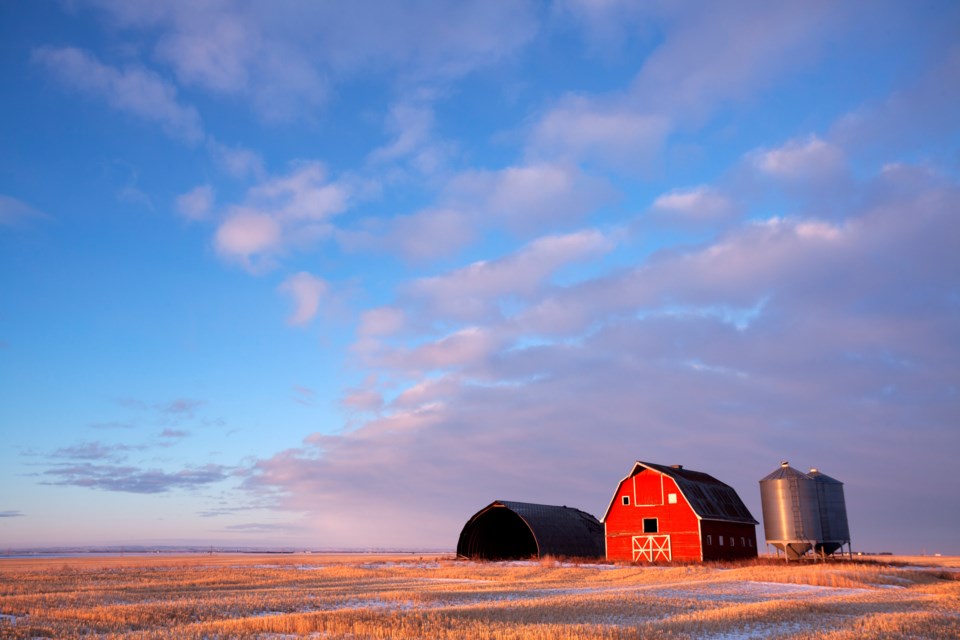ASSINIBOIA - Producers took advantage of another rainless week to continue seeding at a very rapid pace, according to the crop report for the period of May 16 to 22, 2023. Seeding progress has reached 73 per cent in the southwest this week, up from 43 per cent last week. Seeding started later than usual in the region, leaving producers behind the regional five-year average of 82 per cent. Those who have received precipitation this spring appreciate it after two very dry years in a row. Early seeded crops have emerged in the region and most producers are happy with how their fields look, a gentle rain would be appreciated soon to help the crop continue its growth cycle.
Very little rain fell in the region this past week. The most notable precipitation was received in the Hazenmore area with 10 mm. More rain will certainly be needed now that seeding is close to completion. Areas in the north half of the region appear to be worse off than the southern half and some producers claim their crop might not have enough moisture to emerge evenly.
Topsoil moisture levels continue to dwindle. Cropland topsoil moisture is rated as 61 per cent adequate, 32 per cent short and 7 per cent very short. Hay and pasture land topsoil moisture is rated as 56 per cent adequate, 34 per cent short and 10 per cent very short. The driest area of the region is Crop District 4B where 73 per cent of both cropland and hay and pasture is reported to be short of moisture.
Pasture conditions are rated as 8 per cent excellent, 38 per cent good, 35 per cent fair, 15 per cent poor and 4 per cent very poor. It is reported that many community pastures in the region have improved from previous years and will be able to sustain cattle longer due to proper regrowth in the spring. Producers will be keeping a close eye on the grass and water levels of their pastures if it does not rain regularly in June and July.
Overall, crop development is rated as normal for this time of year despite an abnormally cool spring; however, without more rain, crops will soon begin to stunt their growth. Most of the crop damage this week was mainly caused by frost which early reports indicate was very minor. Gopher populations are reported to be very high and the first signs of grasshoppers in ditches have been reported. Producers will begin to control them where necessary.




